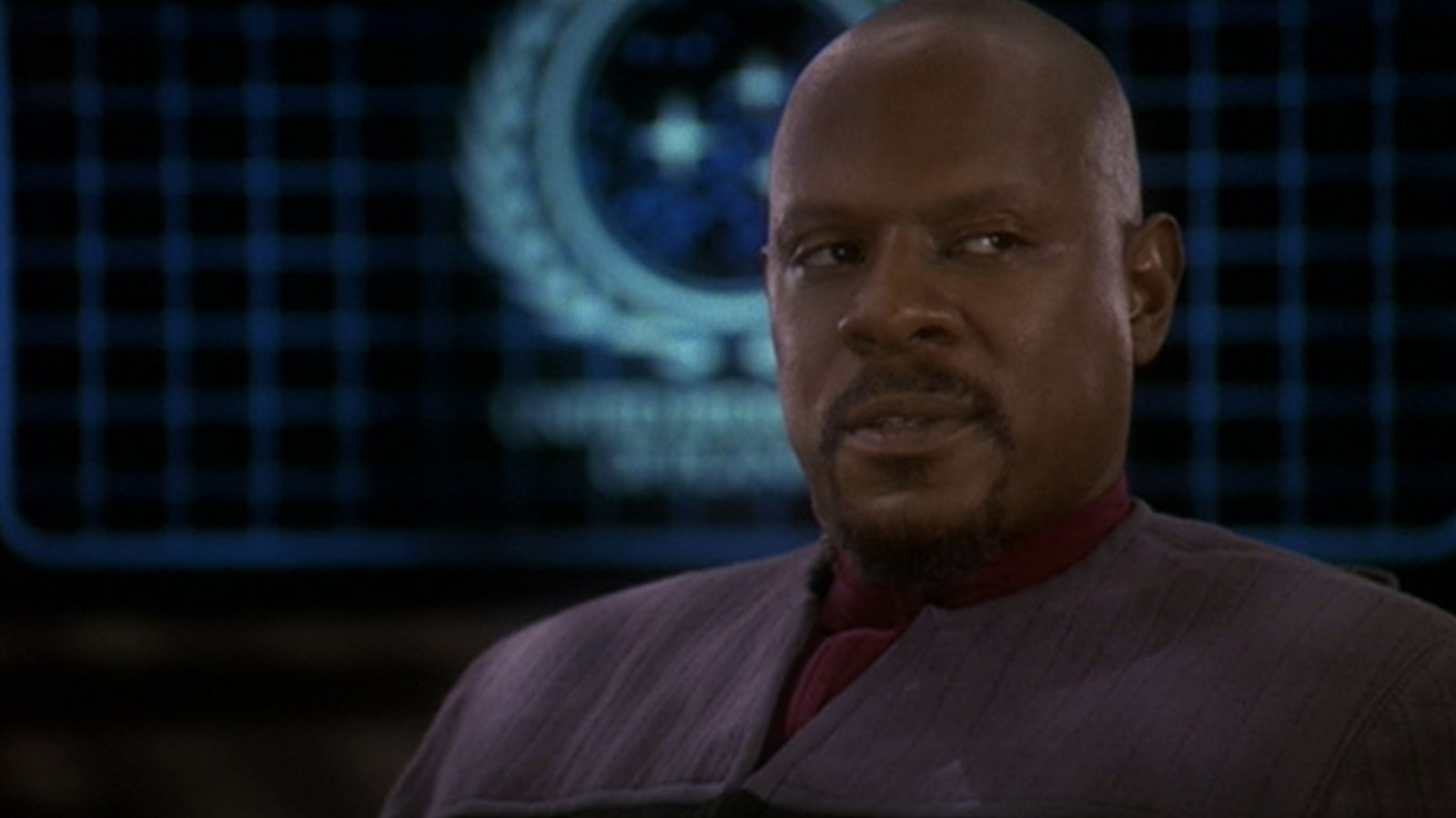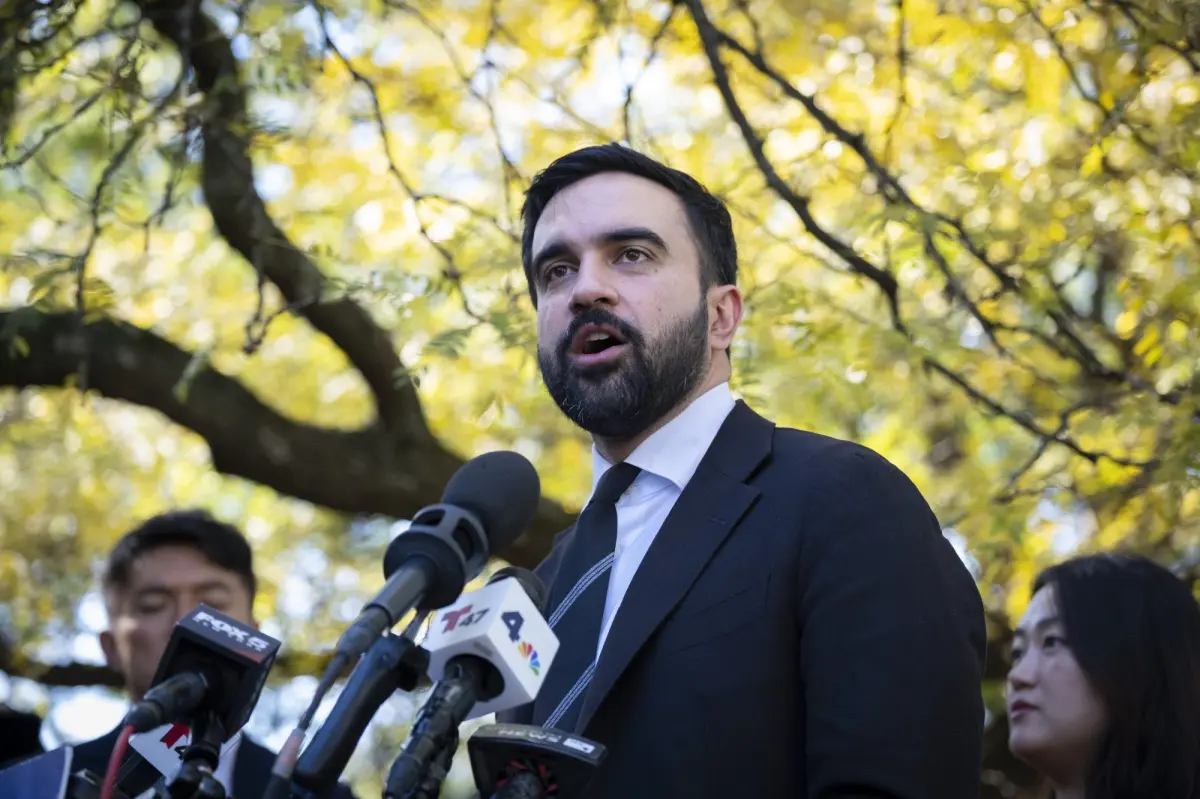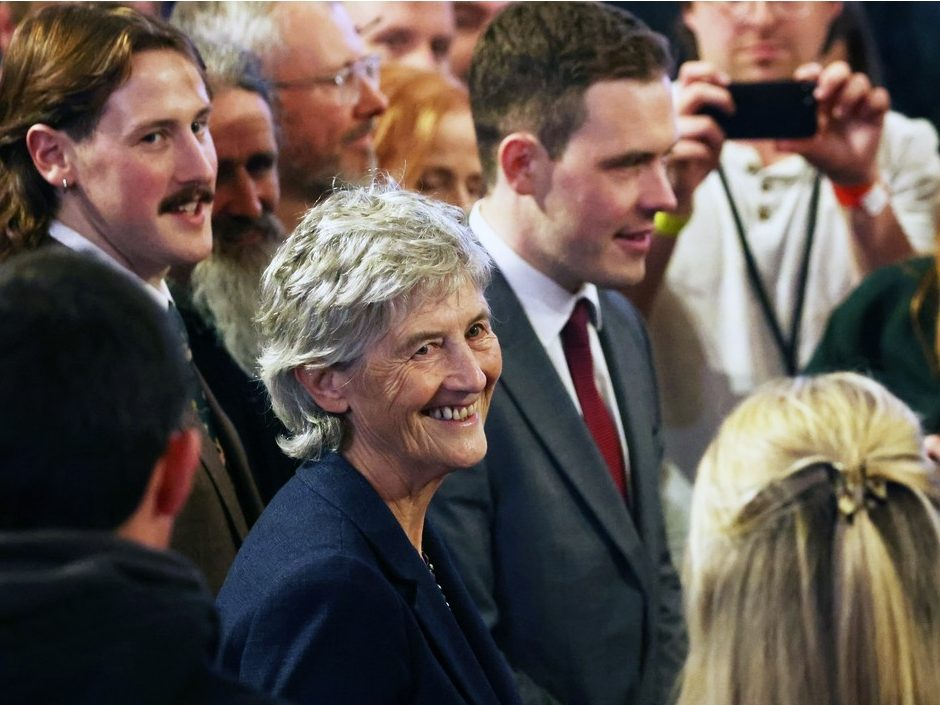Copyright /FILM

When "Star Trek: Deep Space Nine" debuted in 1993, show creators Rick Berman and Michael Piller gave themselves a little too much material to work with. The series was set on the titular space station, which was located next to the distant planet of Bajor. Bajor has recently (and barely) survived a decades-long military occupation by the evil Cardassians, and Starfleet was called in to oversee the station as Bajor struggled through a period of reconstruction. Starfleet officers were very out of place on the Bajor-owned station, and lots of interpersonal conflict arose. But wait, there's more! Right next to DS9, Starfleet discovered a stable wormhole that provided a "shortcut" to the very distant Gamma Quadrant, unexplored by Federation ships. A whole new frontier was open to Bajor and to Starfleet, and cosmic mysteries lay ahead. And there's more still! Inside the wormhole lives a species of noncorporeal godlike aliens with no sense of time or physicality. These noncorporeal beings managed to communicate with Commander Sisko (Avery Brooks), an act that some Bajorans saw as holy. Sisko became a Messianic figure for the Bajorans. It took two full seasons for the "Deep Space Nine" writers to explore all that, and it wouldn't be until its third season that audiences would be introduced to the Dominion, a large, conquering space empire that served as a dark mirror to the Federation. When the showrunners came up with the Dominion, a whole new spate of stories opened up, and the show took off in quality. In a 2018 oral history for Syfy Wire, showrunner Ira Steven Behr and one of the show's writers, Robert Hewitt Wolfe, recall the extended brainstorming sessions required to come up with the Dominion, all as part of a secret plan to introduce a new villain unique in the franchise's canon. It's worth noting that "Deep Space Nine" debuted while "Star Trek: The Next Generation" was on its sixth season (of seven). For two seasons, "Deep Space Nine" was the "secondary" of the two shows, the kid brother of a more popular older sibling. As such, the showrunners on "Deep Space Nine" felt the need to strike out on their own, prove their uniqueness, and come up with ideas that could only work on their show. Behr noted that, by necessity, he and his writers had to "find their own way. We could not lean on what worked at 'TNG' or the original series." Behr figured that he, Wolfe, and fellow writers Pete Fields and Jim Crocker had to come up with a new "villain" they could call their own. In his words: "We were talking about: how do we find a new antagonist, a new villain, that would be 'Deep Space Nine' specific? And not be taken from the Klingons or the Cardassians or someone else? And because we couldn't take the chance of that villain not being successful (like when they brought in the Ferengi originally to be villains and that didn't work on TNG), I said 'We're going to come up with three different races of villains and hopefully one of them will work.' That's how the Dominion came along." Behr said that the four writers conspired about the Dominion, knowing they were going to be introduced eventually, but not mentioning them to any of the higher-ups at Paramount, nor any of the actors or producers. "We mentioned the word Dominion in the [episode "Rules of Acquisition"]," Behr said, "but we didn't give anything away." Wolfe mentioned that the best way to invent a new villain was to have them come through the wormhole from the Gamma Quadrant. He said: "That was something we really wanted because the Gamma Quadrant was the unique aspect of the show that we had. 'Deep Space 9' was at this crossroads between the Alpha and the Gamma Quadrant. We were literally right at the edge of the frontier. That made the wormhole and Bajor so much more integral to the entire story, if the biggest issues that were confronting us were coming from the other side of that wormhole. If it was just the Klingons, you could tell that story anywhere in the Federation." Wise. Deep Space Nine, he said, didn't necessarily have to be the center of the impending conflict between the Dominion and the Federation, but it was handy to have the station right next to the wormhole. Now the series was going to be less about Bajor specifically and about the politics of the galaxy in general. And the Dominion ended up being a complex, multi-species conglomerate of conquerors, each with a different hierarchical role. The Founders were a species of long-lived Changelings that could disguise themselves and infiltrate. Their weaselly, evil bureaucrats were the Vorta, and their soldiers were drug-addicted bruisers called the Jem'Hadar. A lot was going on, and even more to explore. And yet, the Dominion focused the series, rather than overstuffed it. Now all the stories were under the cloak of this wicked, widespread force. As Behr put it succinctly: "Once we came up with the Dominion, everything started to fall in place."



